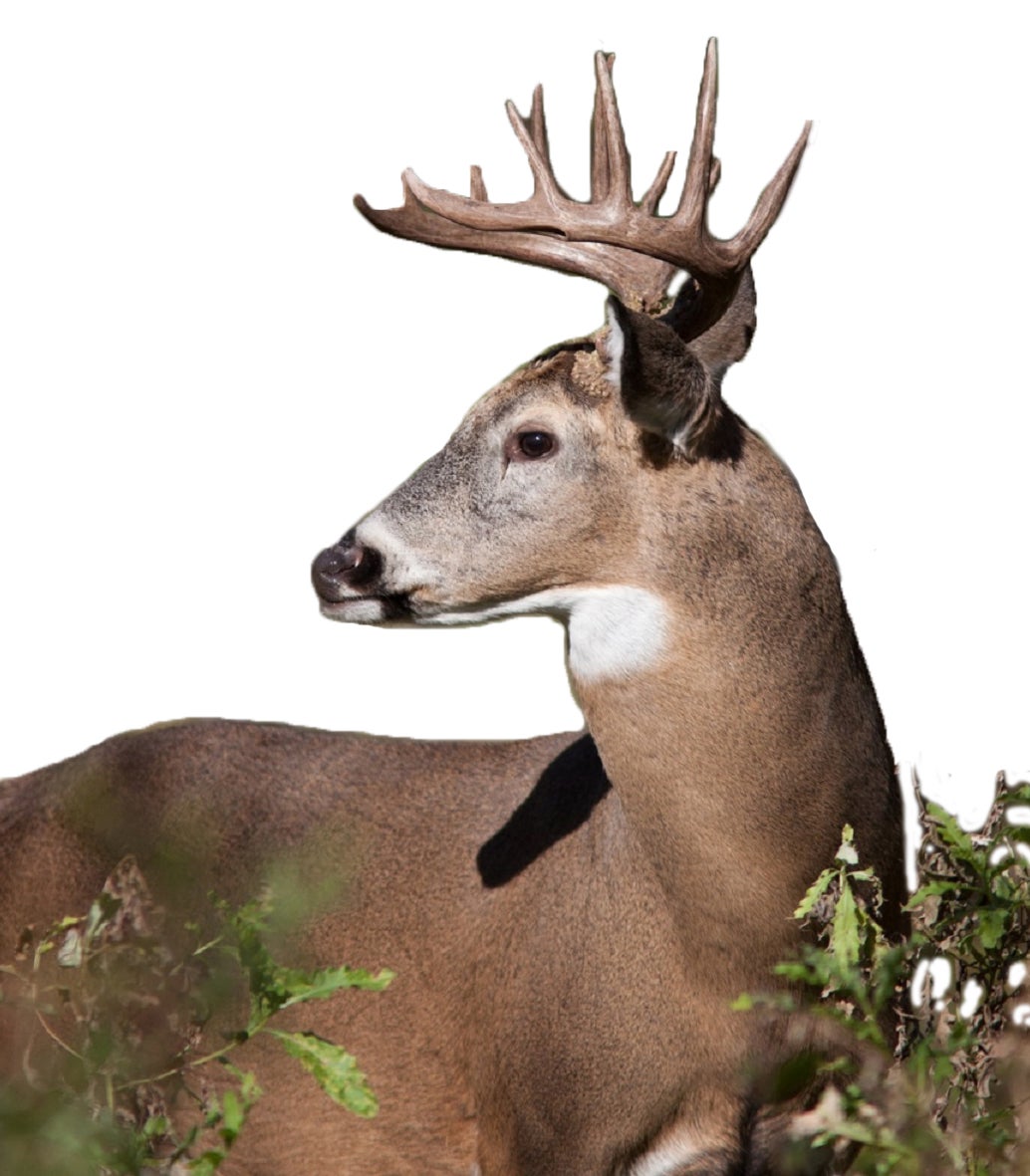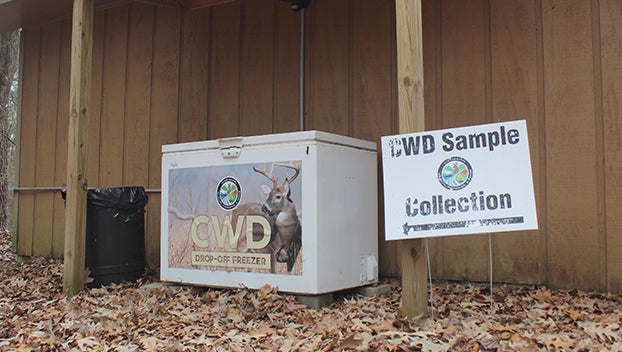Louisiana’s second case of CWD confirmed
Published 3:33 pm Monday, January 9, 2023
|
Getting your Trinity Audio player ready...
|
ALEXANDRIA, La — The National Veterinary Service Laboratories in Ames, Iowa confirmed Louisiana’s second case of Chronic Wasting Disease. The disease was detected on December 29 in Tensas Parish about four miles from Louisiana’s first positive.
Chronic Wasting Disease is a 100 percent always fatal infectious disease found in deer and other members of the cervidae family. It is spread through direct and indirect contact with infected deer as they shed infectious prions, misfolded proteins, into the environment through bodily fluids and fecal matter. CWD remains in the environment for a long period of time and can infect deer long after the sick deer has left an area.
Louisiana’s second positive did not change the Chronic Wasting Disease control area. Louisiana Department of Wildlife and Fisheries Deer Program Manager Johnathan Bordelon said the area exceeded its minimum sample goal of 300 within the first four weeks of firearm season and their pace has not slowed down.
“There has been an increase in samples from the areas near the two current positives,” he said “This does increase the likelihood of detection in the event there are any additional positive deer in close proximity to those recent cases. The number of samples we receive is changing rapidly each week.”
Mississippi has seen 55 positive detections of the disease this fiscal year. First detection was in Issaquena County in 2018. Hunters and taxidermists have provided 4,372 samples for testing this season in the process of detecting those positives.
One of the positive detections this year was in Warren County while the majority have been in North Mississippi with Benton and Marshall Counties being the areas of major concern.
President Joe Bidden recently signed House Resolution 2617 into law which authorizes five years of funding for CWD research and management through the USDA. The bill would provide $70 million annually in funding for state agencies to use in CWD research and management.
Bordelon said the news is “welcome” as CWD response, management and research is funded by the state. He added the cumulative of the effort to fight CWD diverts LDWF funds away from other wildlife management needs. Federal funding could be a help to the agency but Bordelon said they need to know more.
“More will have to be learned about the amount of available funding per state and how it will be allocated before we can comment on how to best apply those funds in the fight against CWD,” Bordelon said. “Funds for furthering outreach and supporting surveillance efforts are needed. It is impossible to be more specific on the use of funds at this time but the list of needs is long.”







